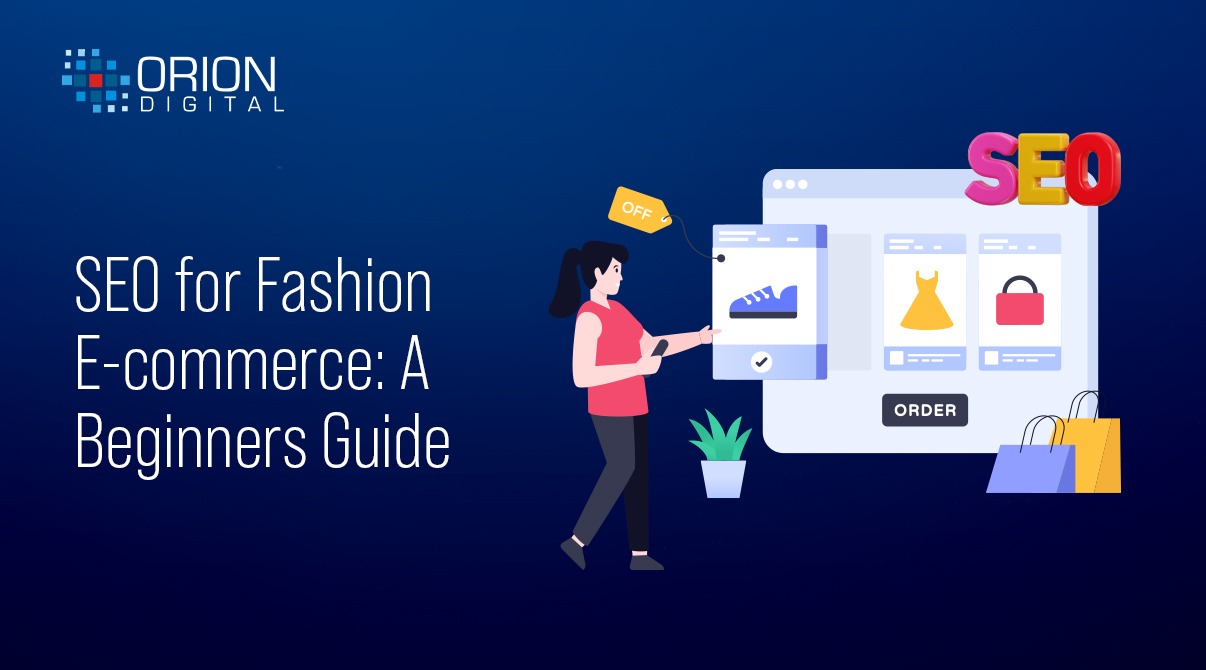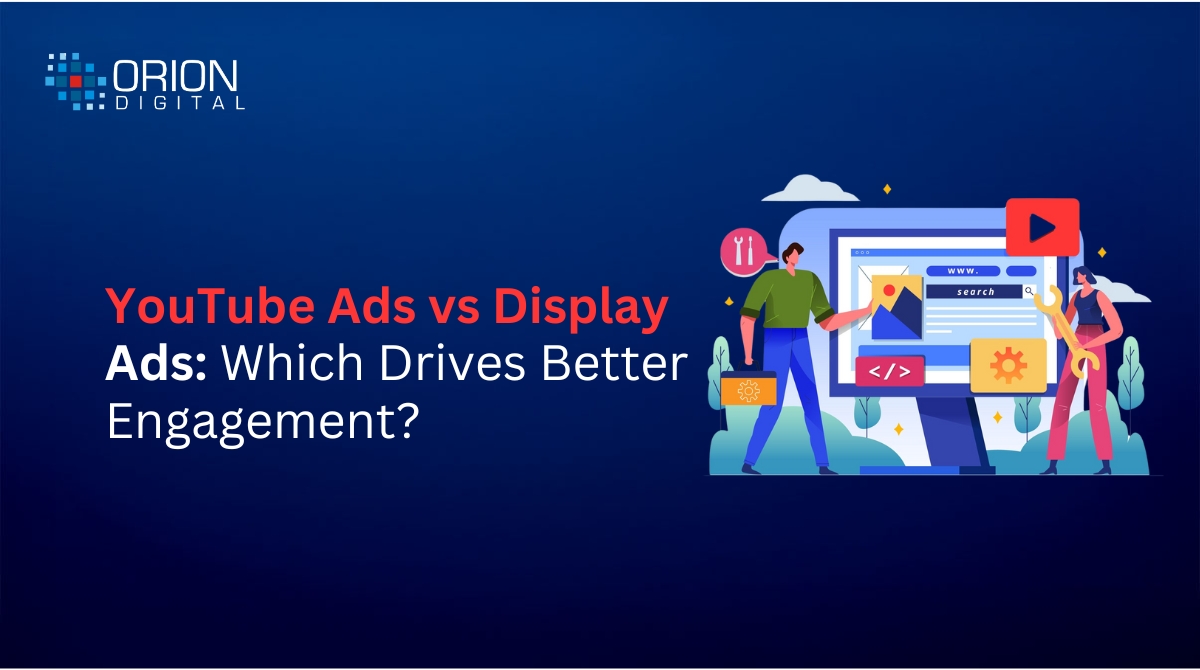
SEO for Fashion E-commerce: A Beginner’s Guide
- Naveen N
- September 30, 2024
- Digital Marketing
- 0 Comments
It’s a given in this current age of e-business that all companies’ competition focusing on fashion, including Lime road Limited, should have an online presence as it is interlinked to all aspects of the business enterprise. Search engine optimization gives you a chance to improve your traffic, improve the reach, and definitely increase the conversion rates. This entry-level guide would cover the basic strategies of SEO for the ones who have just hopped on the train of SEO and are particularly related to fashion e-commerce.
SEO Basics
SEO is the advanced process that encourages the ranking of a particular website on the search engine results page today. In essence, SEO has what is referred to as an on-page and off-page technique. When it comes to fashion e-commerce, it is very important to make sure that your product pages, category pages, and blogs are all SEOed for the main keywords that fit them.
Elements of SEO
- Keyword Research: The first step to take involves determining the keywords that your future customers will be typing while looking for the fashion items you sell. Resources such as Google Keyword Planner, Ahrefs, and SEMrush will enable you to find such words and phrases. The first step would include identifying primary keywords (e.g.” women’s dresses”) and additional longer phrase keywords (e.g., “great summer dresses at affordable rates for women”).
- On-page SEO: Fill content pages of the web with optimized keywords. This covers titles, meta tags, meta descriptions, header structure, and product detail descriptions. For instance, if you are dealing in eco-friendly clothes, your title would be like this: “Eco clothes wear for ecological fashion: People who care about the mother of nature.”.
- High-Quality Content: The importance of delivering excellent and entertaining content to the audience must not be underestimated. This can be in the form of fashion blogs reporting about recent trends, providing a fashion style guide, or discussing fashion sustainability. High-quality content contributes to better rankings on the search engine and also positions your business as an expert in the fashion industry.
Optimizing Product Pages
Every product’s page is a chance to optimize for particular keyword phrases. So, here are some measures for effective optimization of the product pages:
- Unique Product Descriptions: Do not copy the manufacturer’s description. Create new and inventive ones solely based on the particulars of the product, its advantages, and fashions. Aside from improving ranking on SEO, this also provides added value to the client experience.
- Use high-quality images: The fashion business is a visual business. This is true for John Lewis’s online brochure that fails to show the products in all the relevant forms because they have inadequate-resolution images. Make certain that appropriate descriptive alt text is included for the images (e.g., red summer dress); this helps with search engine optimization, and the pictures do a lot for spelling out the objects.
- Implement Structured Data: Search engines require assistance in comprehending your offerings, so provide them that assistance by using schema markup. It does help listings when rich snippets can be shown to users, such as the price or availability of the item depending on what is chosen by the marketer or merchant.
Building Backlinks
Off-page techniques like creating backlinks ought to be performed as they boost the trustworthiness of your site. Consider the following strategies:
- Influencer Marketing: You can work with fashion influencers who can promote your products to you. This way, not only do you gain their fans, but you also acquire great links, which are quite valuable.
- Write for Other Fashion Web Pages: Many websites and blogs deal with fashion, and you can contribute articles to such websites. Use such articles to place links that lead to your website.
- Content Promotion: Social media is not only for chatting but is also a marketing tool that should be used to market your content. Social media will not improve your page ranking but can improve the visibility and traffic to your site.
Mobile Optimization
A large chunk of the traffic in the fashion e-commerce industry comes from mobile devices. Make sure that the mobile site is fully optimized; dot.com sites should load fast. Completing maintaining also the mobile user experience is important for customer satisfaction and may also improve your ranking.
Measurement and Analysis
You ought to be able to evaluate your ranking scenario so that you have the full assurance of getting the Plus. Ensure you are consistent in using features such as Google Analytics and Google Search Console. Also, focus on organic metrics, bounce rate, and conversion metrics too. This information would give you clarity on what is successful and what areas are lacking work.
Conclusion
Let us bear in mind that implementing effective SEO strategies is one of the most crucial steps for any e-commerce fashion store that desires success within a saturated market. Focusing on keyword research, optimizing product pages, content marketing, link building, and mobile optimization are some of the methods you can use to improve your visibility and capture more customers. It is important to note that SEO is a process that never comes to an end in any way; therefore, timeliness if adherence to emerging trends must be maintained. After this, do not wait anymore before implementing any optimization because the growth of your fashion e-commerce business is just around the corner!




